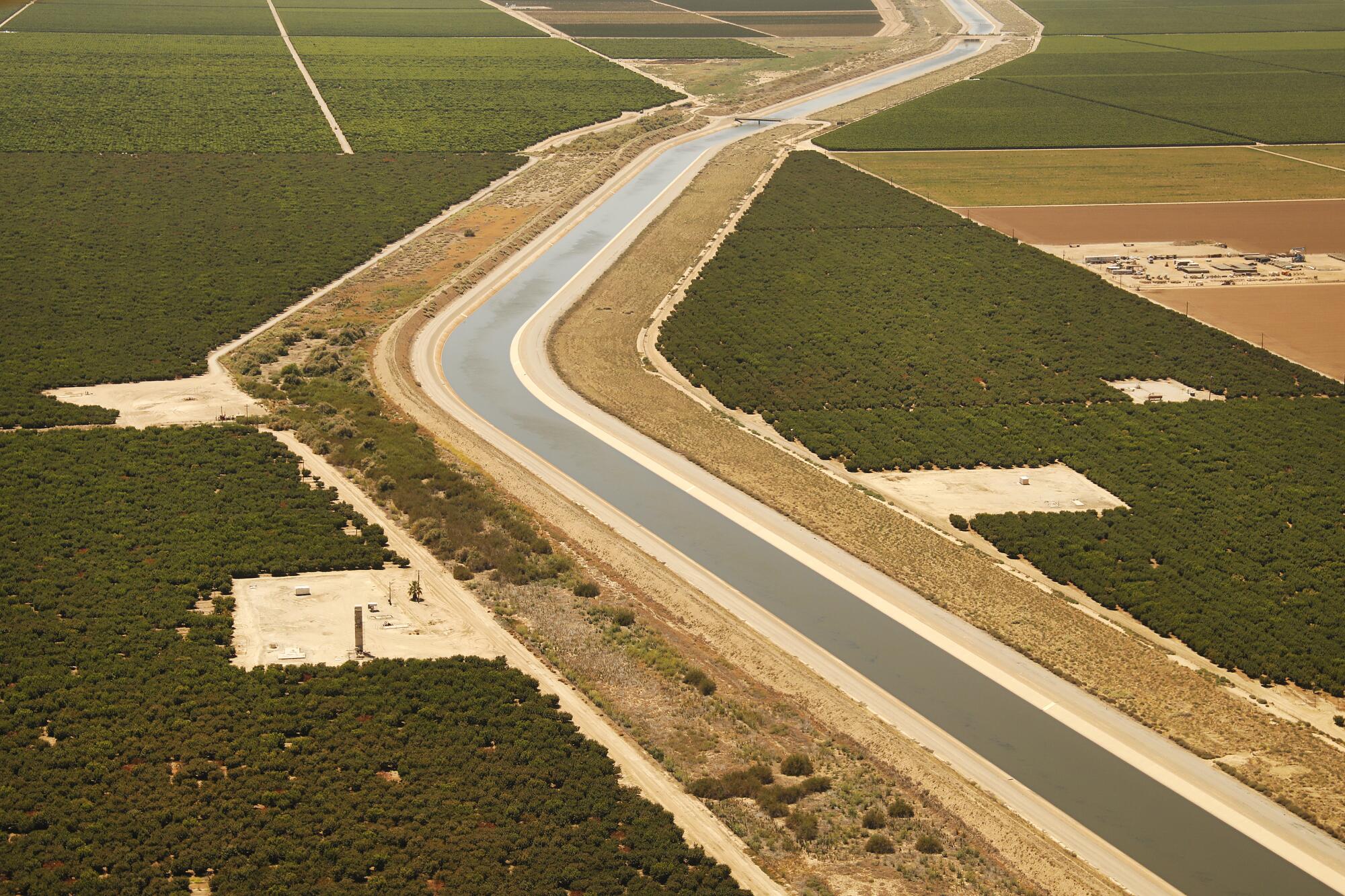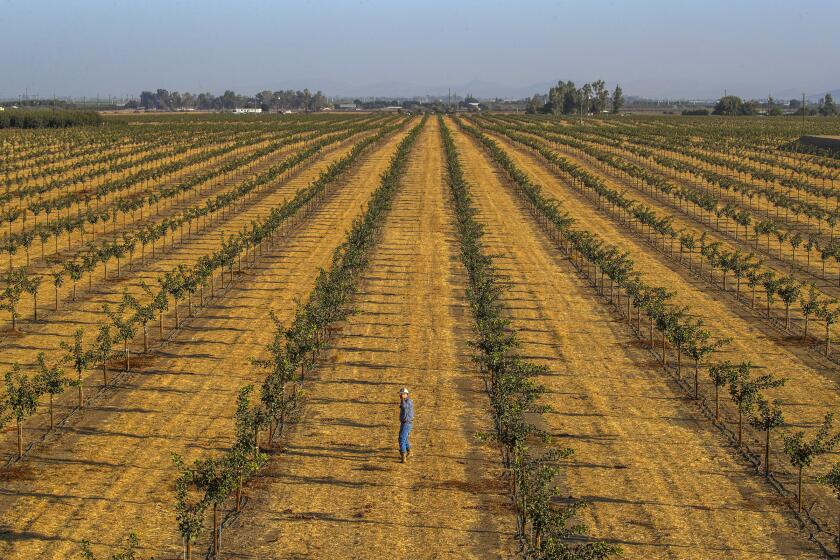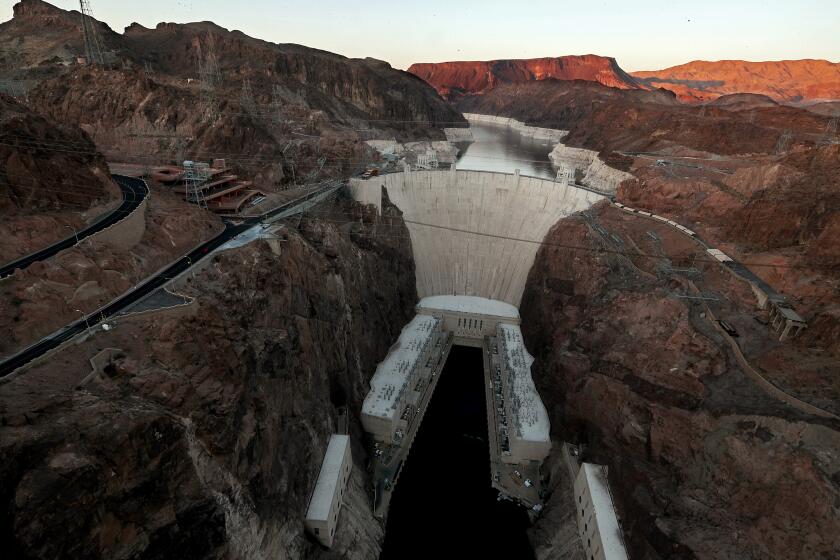
Last winter’s historic storms filled California’s reservoirs to the point that the state was able to deliver water agencies 100% of their allotments from the State Water Project for the first time since 2006.
But after a dry October and November, state water officials on Friday announced an initial allocation of 10% of supplies in 2024. They said this level assumes the possibility of continued dry conditions this winter, and that the allocation could be increased if the outlook improves in the coming months.
“California’s water year is off to a relatively dry start. While we are hopeful that this El Niño pattern will generate wet weather, this early in the season we have to plan with drier conditions in mind,” Department of Water Resources Director Karla Nemeth said.
Aggressive and impactful reporting on climate change, the environment, health and science.
Meteorologists have said that the current El Niño makes wetter-than-average conditions more likely in California this winter, but that the weather could always take a different turn.
Most reservoirs throughout the state remain at above-average levels, filled with runoff from last year’s bounty of rain and snow.
The State Water Project’s aqueducts and pipelines transport water from the Sacramento-San Joaquin River Delta to 29 water agencies that supply 27 million people.
Lake Oroville, the largest reservoir that is part of the State Water Project, is at 133% of average for this time of year.
The first winter outlook from the National Oceanic and Atmospheric Administration predicts that a strong El Niño will remain in place through at least the spring, bringing warm, wet conditions to California and large swaths of the U.S.
And other reservoirs are similarly at above-average levels. In Southern California, water flowing in the State Water Project has refilled Diamond Valley Lake, the region’s largest reservoir.
The state Department of Water Resources announces its initial water allocation annually on Dec. 1.
“As the winter progresses, if California sees an increase in rain and snowfall, the allocation forecast may increase,” the department said in a written statement. It noted that there have been other years when the initial allocation was forecast to be low following very wet years, such as 2018 and 2020.
There are also recent examples of years when the initial allocation was very low but wet winter conditions enabled larger water allocations.
In 2019, water agencies received 75% of their requested supplies after initially being told 10%.
And in December 2022, the Department of Water Resources initially announced a 5% allocation after the driest three years on record, only to increase that to 100% by April.
California groundwater levels have risen in many areas this year, but after years of over-pumping, aquifer levels largely remain lower than two decades ago.
Adel Hagekhalil, general manager of the Metropolitan Water District of Southern California, said while last winter’s rain and snow helped replenish reservoirs, this fall has been relatively dry so far.
“We must be prepared for the possibility that these dry conditions will continue,” Hagekhalil said.
He said the conservative initial allocation is prudent.
“Water managers recognize that climate change is making California’s swings from wet to dry even more extreme, and we must be ready,” he said. “Hopefully, we’ll again see wet conditions this winter, and the allocation will increase. But we can’t count on it yet.”










